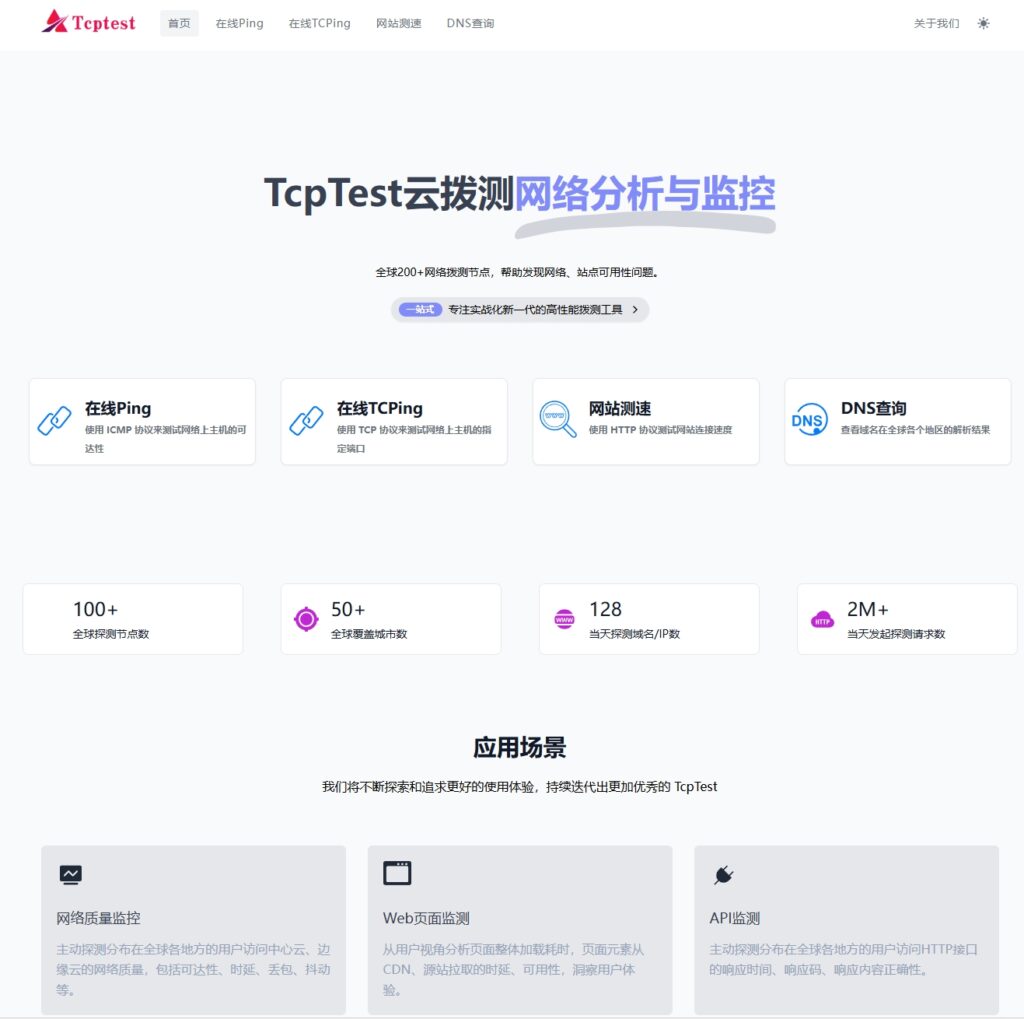HTTP读文本服务器实现原理与步骤
核心功能说明
通过HTTP协议接收客户端请求,读取服务器端文本文件内容并返回给客户端,主要涉及:

Python实现步骤(以Flask为例)
-
环境准备
pip install flask
-
核心代码结构
from flask import Flask, send_file, abort import os app = Flask(__name__) @app.route('/read/<path:filename>', methods=['GET']) def read_text_file(filename): file_path = os.path.join('data', filename) # 限定读取目录 if not os.path.exists(file_path): abort(404) # 文件不存在 if not filename.endswith('.txt'): abort(400) # 非文本文件 try: with open(file_path, 'r', encoding='utf-8') as f: content = f.read() return content, 200, {'Content-Type': 'text/plain; charset=utf-8'} except Exception as e: return str(e), 500 if __name__ == '__main__': app.run(debug=True) -
目录结构
/project_root /data # 文本文件存放目录 sample.txt app.py # 主程序文件
关键配置参数
| 参数名称 | 作用 | 默认值 |
|---|---|---|
strict_slashes |
URL结尾斜杠处理 | True |
debug |
调试模式 | False |
host |
监听地址 | 0.0.1 |
port |
监听端口 | 5000 |
encoding |
文件编码 | utf-8 |
max_content_length |
最大请求体尺寸 | 16MB |
安全加固措施
- 路径校验:限制文件读取范围,禁止等相对路径
- 权限控制:设置文件读写权限(如Linux chmod 644)
- 输入过滤:正则表达式验证文件名合法性
- 异常处理:捕获文件读取异常,避免信息泄露
- 限流策略:限制单位时间请求次数(需结合中间件)
性能优化方案
| 优化方向 | 实施方案 |
|---|---|
| 缓存机制 | 使用send_file启用文件系统缓存 |
| 异步处理 | 采用gevent或asyncio实现协程处理 |
| GZIP压缩 | 启用Flask的gzip扩展压缩响应内容 |
| 连接复用 | 配置Keep-Alive长连接 |
| 静态资源托管 | 将文本文件作为静态资源部署,利用CDN加速 |
相关问题与解答
Q1:如何扩展支持多种文本格式(如CSV、JSON)?
 mime_types = {
mime_types = {
'.txt': 'text/plain',
'.csv': 'text/csv',
'.json': 'application/json'
}
ext = os.path.splitext(filename)[1]
content_type = mime_types.get(ext, 'application/octet-stream')
Content-Type响应头,注意JSON需进行序列化处理。Q2:如何将服务器部署到生产环境?
-
实施步骤:
-
使用
gunicorn替代开发服务器:gunicorn -w 4 app:app -
配置反向代理(Nginx示例):
 server {
server {
listen 80;
server_name example.com;
location / {
proxy_pass http://127.0.0.1:8000;
proxy_set_header Host $host;
proxy_set_header X-Real-IP $remote_addr;
}
} -
设置进程管理(systemd服务示例):
[Service] ExecStart=/path/to/venv/bin/gunicorn -w 4 app:app Restart=always
-
-
注意事项:需配置SSL证书、设置防火墙规则、禁用

 九八云安全
九八云安全










